Nikita is a creative technologist and educator with diverse experiences in emerging technology, design, food, linguistics, machine learning, and cultural preservation. She brings an interdisciplinary approach to every challenge, using her skills to create things with social impact and for self-exploration.
She is an adjunct professor at NYU's Interactive Telecommunications Program and a NEW INC member.
Contact me at nikita[at]nikitahuggins[dot]com
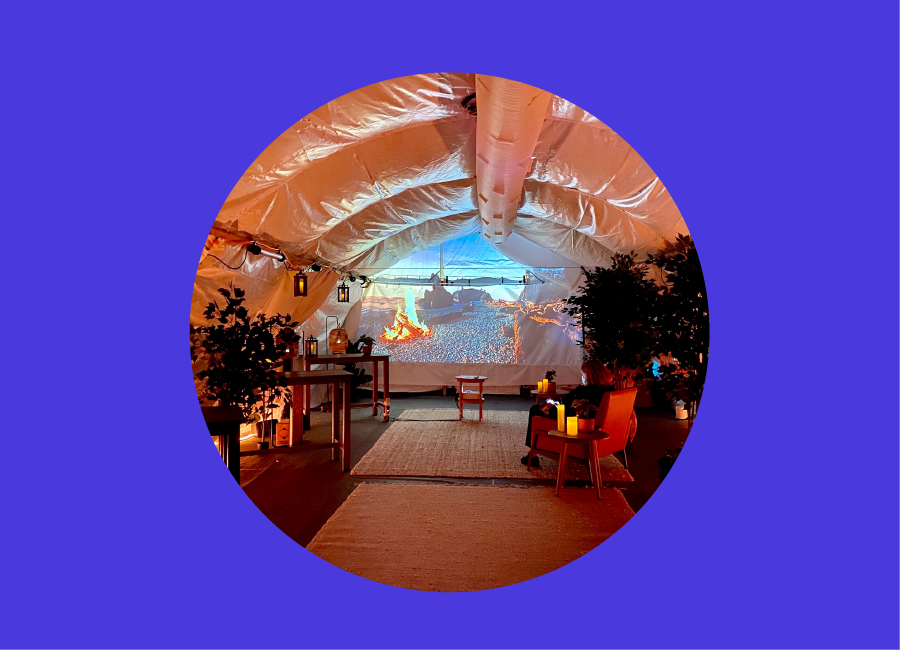
Studio Elsewhere is a creative studio using bio-experiential design to develop virtual and physical interventions in healthcare.
Recharge Rooms are immersive biophilic private spaces that include music, scent, lighting, and sound, designed with research support to address trauma, anxiety, and stress and improve cognitive performance. There were installed in hospitals during the pandemic for use by frontline workers. Read about the project here and here.

As Studio Elsewhere's Creative Producer and Researcher, I oversaw the planning and execution of immersive emerging technology-enhanced biophilic projects. I ensured each installation met with design and technical requirements. I collaborated with cross-disciplinary teams to design, develop and deliver these technology solutions and services combining experience design, software development, and technology integration. I worked directly with our clients to communicate needs and sucessfuly achieve project outcomes.
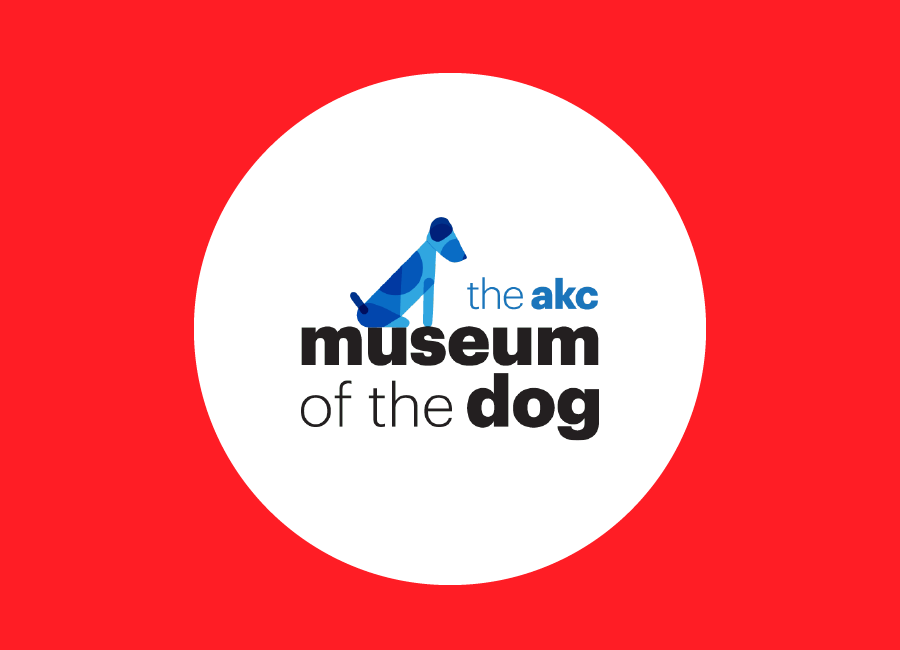
The American Kennel Club's Museum of the Dog has returned to New York City where it began over 35 years ago. Combining fine arts with cutting edge technology and interpretation, the Museum of the Dog provides unique and engaging experiences. AV&C created interactive installations that served to engage museum goers while teaching them all about the AKC breeds.
I worked with AV&C as the QA software producer ensuring each installation met with design and technical requirements. I led software QA testing for the CRM and five (5) interactive installations. I collaborated with cross-disciplinary teams to design, develop and deliver these technology solutions and services combining experience design, software development, and technology integration.
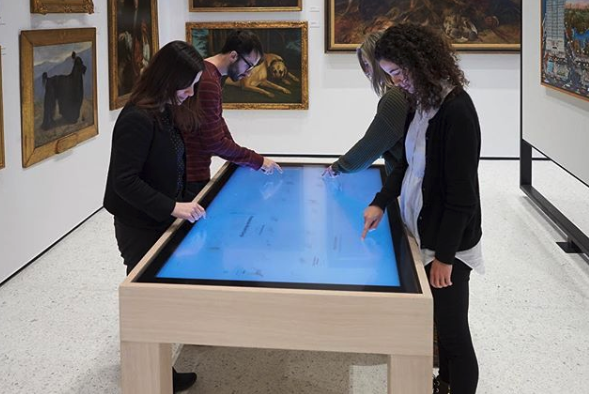
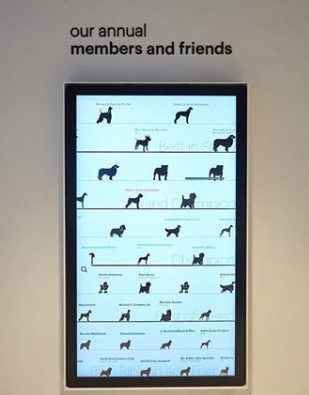

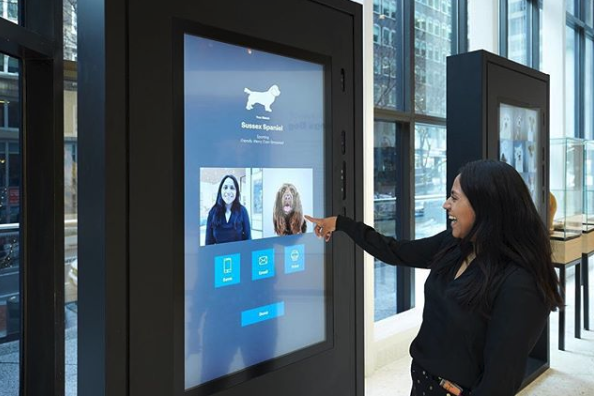
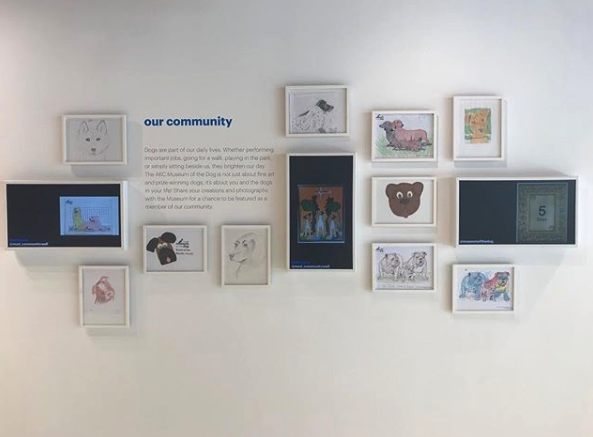
Images courtesy MoDog's instagram account.
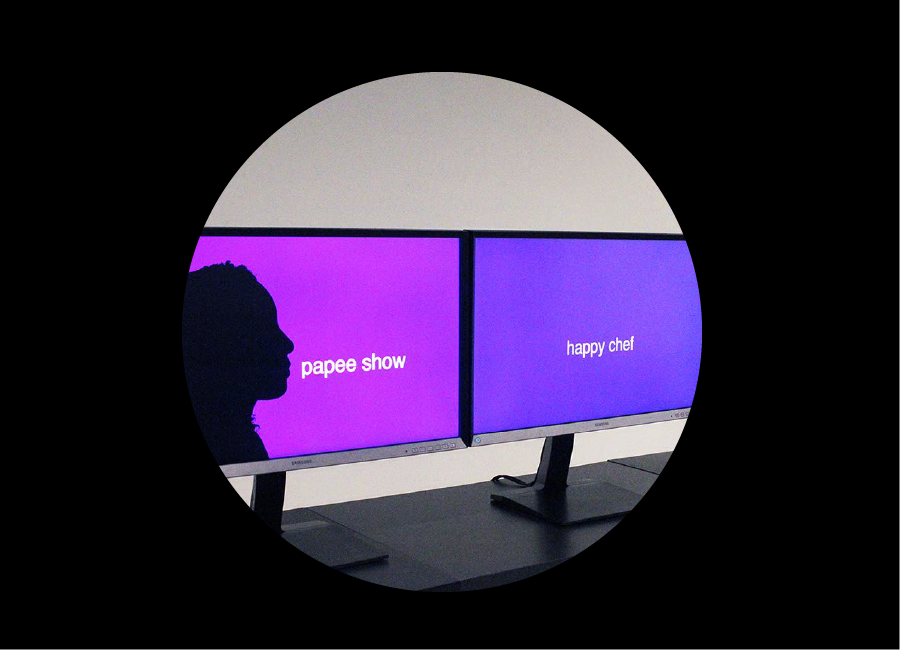
Unbroken Meaning is a project that investigates the ability of current speech-to-text algorithms to understand Caribbean Trinidad English Creole (TrinEC) and African Diaspora-derived Pidgin creole. It seeks to demonstrate the bias of these algorithms while developing new algorithms that are better suited to recognize phrases and languages of these communities. Additionally, it seeks to create suitable text-to-speech methods for proper computer pronunciation of these languages. Finally, Unbroken Meaning collects audio samples of phrases and speech patterns to serve as a method of archiving the vocabulary and grammar of selected communities. We were invited by the Library of Congress to showcase Unbroken Meaning at the Playtest conference. Playtest brought together a diverse group of thought leaders and creative technologists working at the intersection of virtual reality, emerging media, and humanities research.
Machine learning (ML) uses statistical techniques to give computer systems the ability to "learn" from data and thus improve performance on a specific task without being explicitly programmed. Though this field is growing exponentially and becoming ever more integrated with ubiquitous computing, there exists a lack of representation of diverse groups in the field. This lack of representation in the programing of ML algorithms, collection of datasets, and development of ML based products is deleterious and diminishes the potential positive social impact, efficacy, and economic impact of the field. This lack of diversity additionally has the potential to manifests itself in products and systems that are biased and dangerous to underrepresented groups by not fully taking them into account.
This project was created as part of C.T.R.L. [CULTURE, TECHNOLOGY, RESEARCH, LANGUAGE], a collaborative endeavor between Nikita Huggins, Ayodamola Tanimowo Okunseinde, and Nicole Lloyd. C.T.R.L. seeks to address bias in machine learning systems while creating tools and artworks that make machine learning environments more accessible. The collective not only produces and analyses alternate machine learning datasets, but also create related artworks that are meaningful and expressive. Some of the methodology implemented include identifying unique modes of communication internal to specific communities, analysis of language structures and syntax, the use of machine learning tools to attempt to pull meaning from text, and the creation of physically based works that promote diversity in the machine learning field. The collective aims also to teach machine learning tools and methods to underrepresented communities, develop related art & technology curricula, and to archive assets that may be utilized as research material.
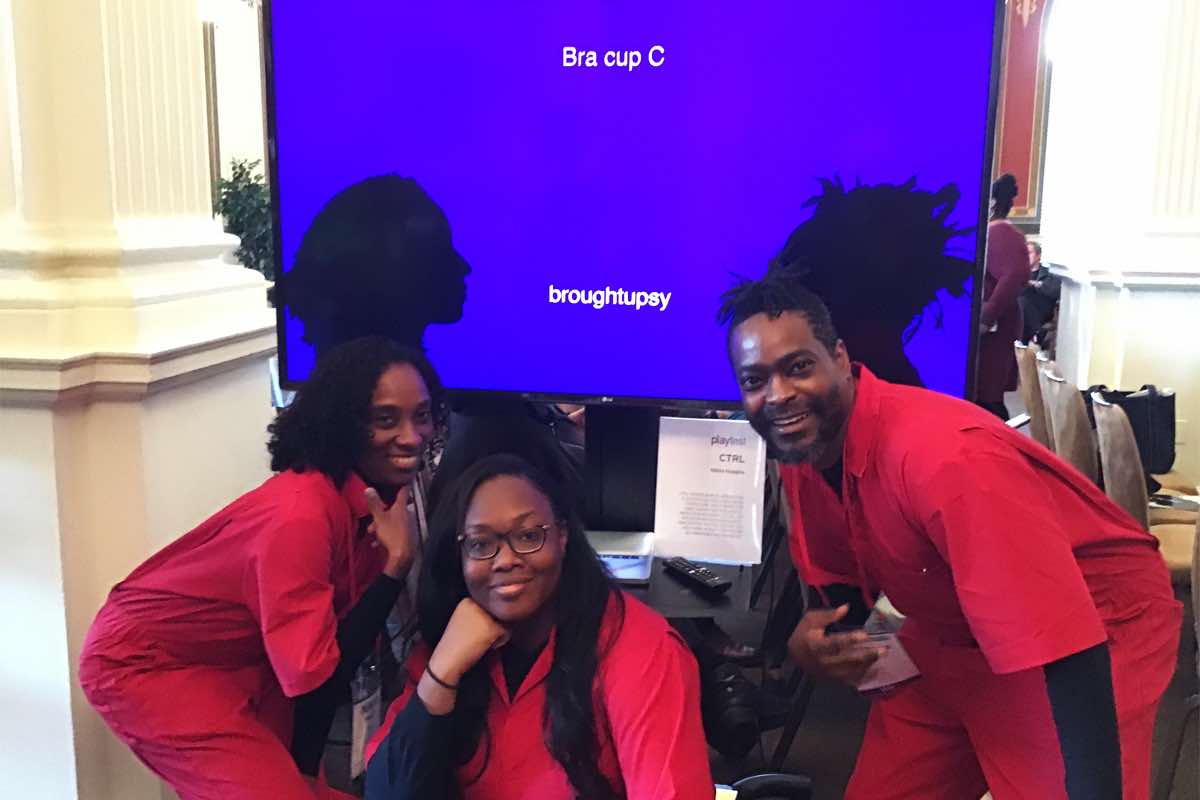
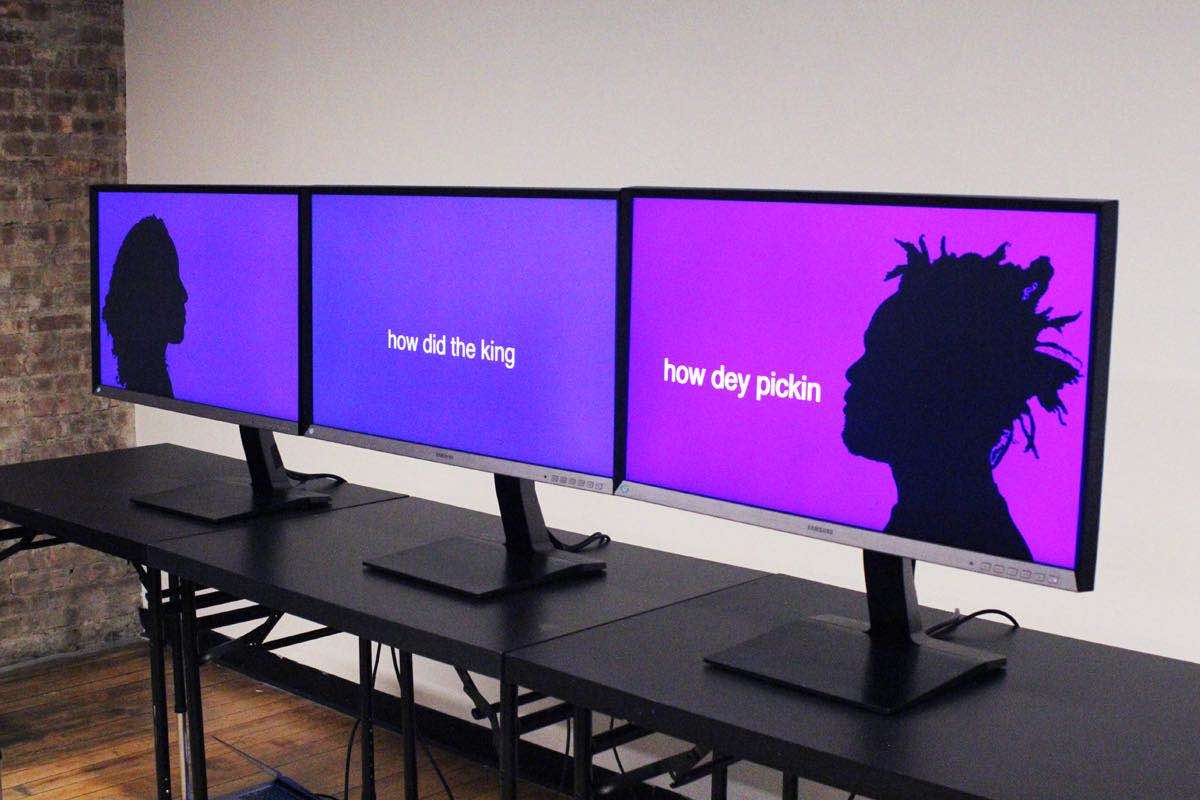
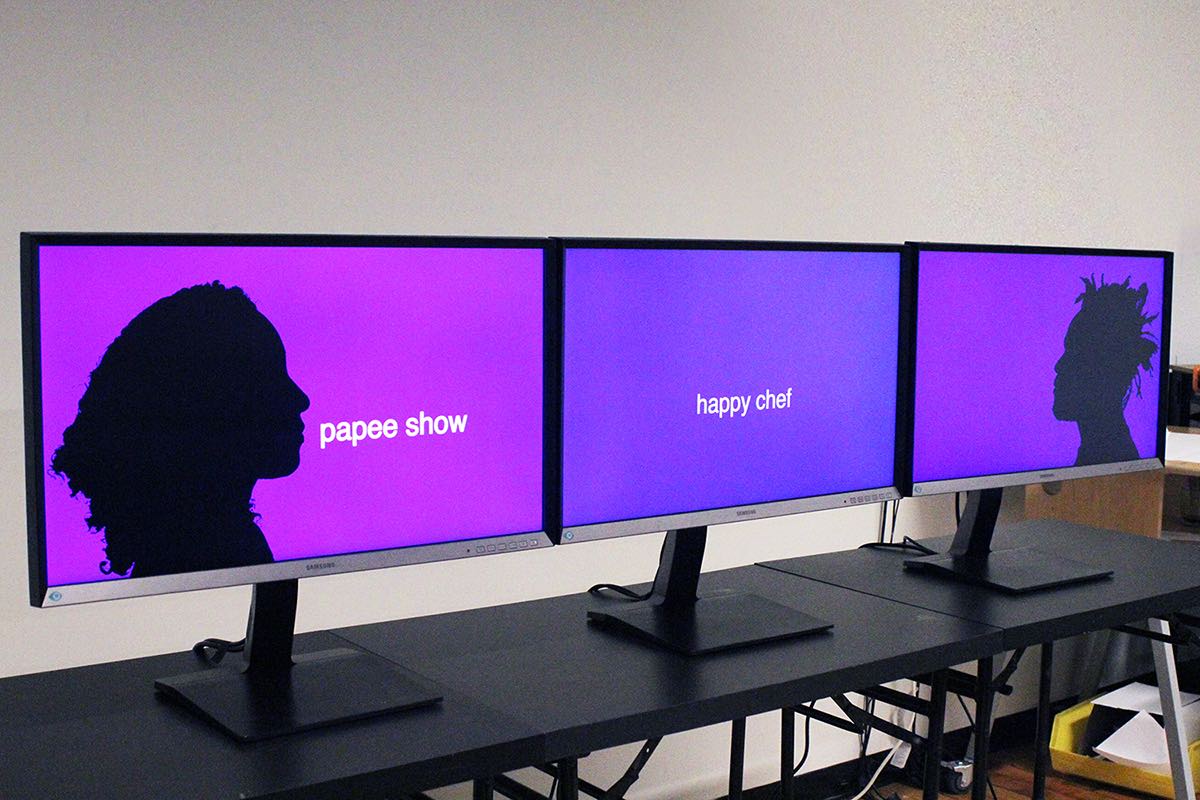 Close Project
Close Project
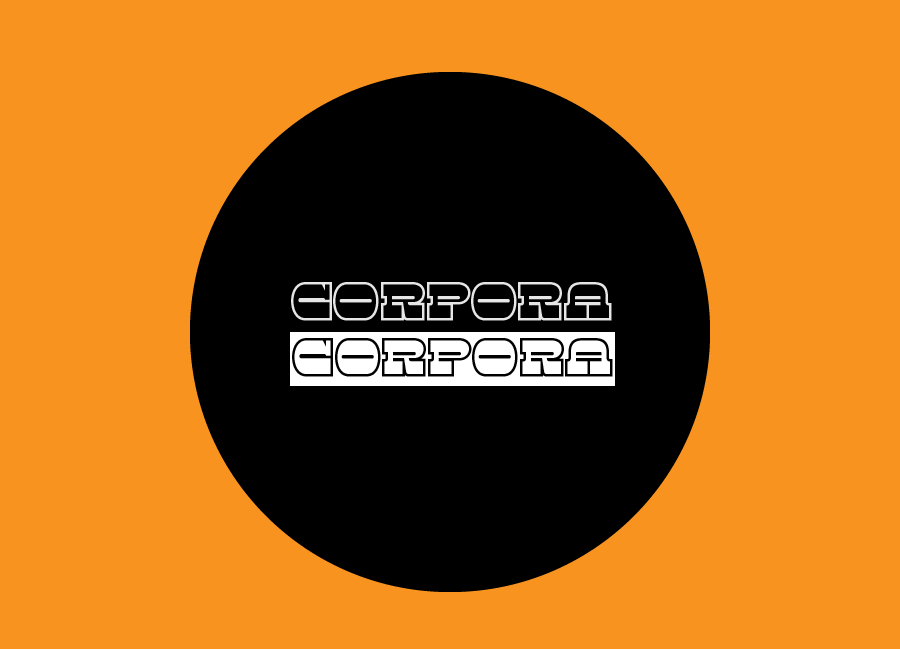
Corpora is the collection of datasets and algorithmic models developed by Black Corpus. The collection is available for use by artists, educators, and researchers of all kinds interested in promoting the Black Corpus agenda. Included in Corpora are ML language models generated from the individual and collective works of authors such as W.E.B. Du Bois, Octavia Butler, James Baldwin, and more.
Corpora was created as part of my S.I.R. [Something in Residence] residency at ITP. During this residency, I contributed these datasets to the ML5.js research project. The Subtext of a Black Corpus shares the narrative behind this research.

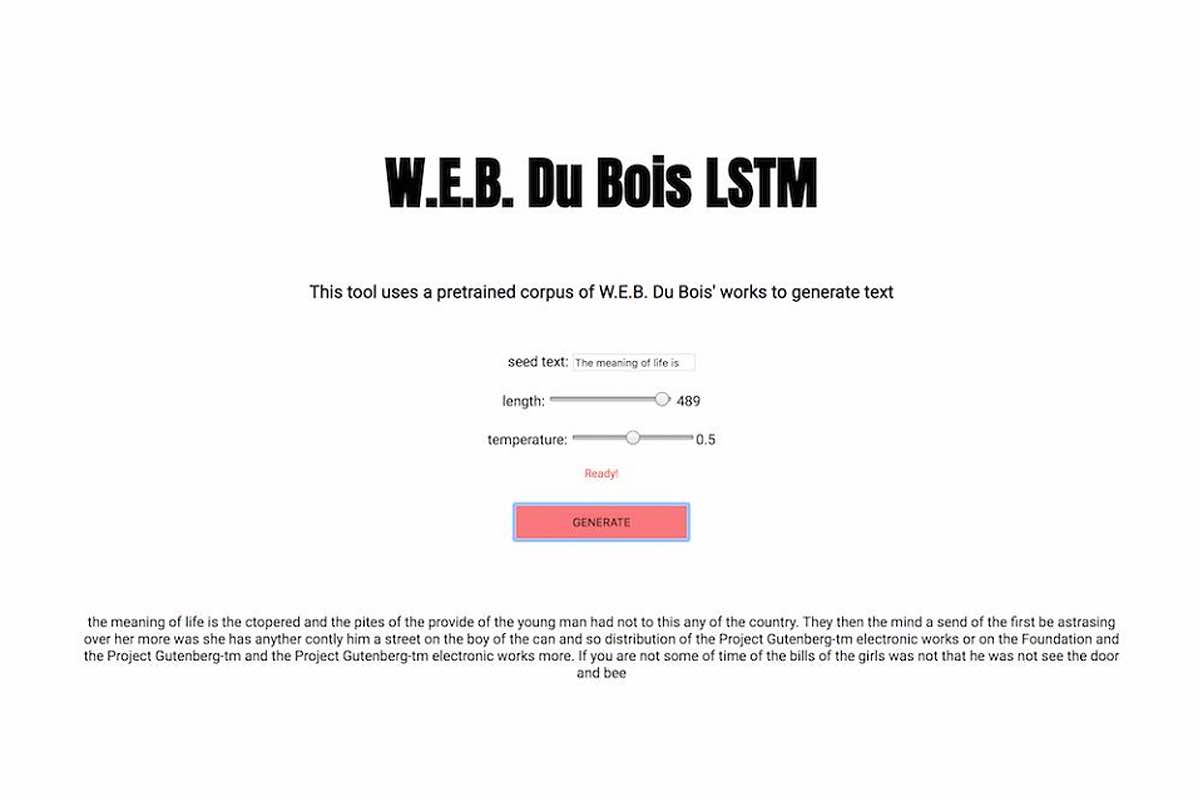 Close Project
Close Project
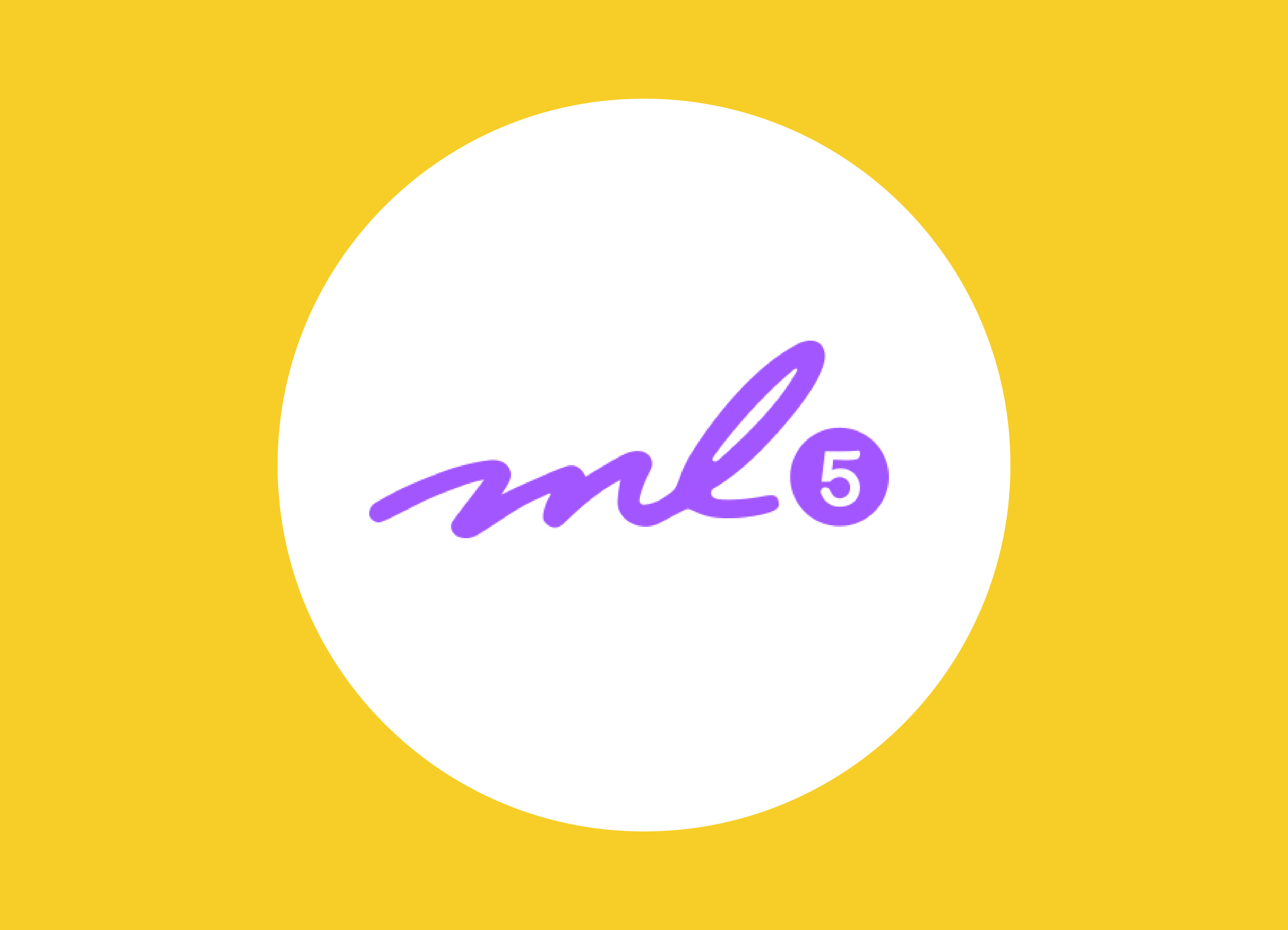
ML5.js aims to make machine learning approachable for a broad audience of artists, creative coders, and students. The library provides access to machine learning algorithms and models in the browser, building on top of TensorFlow.js with no other external dependencies. The library is supported by code examples, tutorials, and sample datasets with an emphasis on ethical computing. Bias in data, stereotypical harms, and responsible crowdsourcing are part of the documentation around data collection and usage.
ML5.js is a Google-backed research project created at NYU's Interactive Telecommmunications Program (ITP). During the course of development, we invited artists in the machine learning landscape to come to ITP to share their knowledge with us.
I coordinated artist visits, artist talks and workshops.
I also created the ITP artificial intelligence blog to showcase the work that students are doing in the field.
Close Project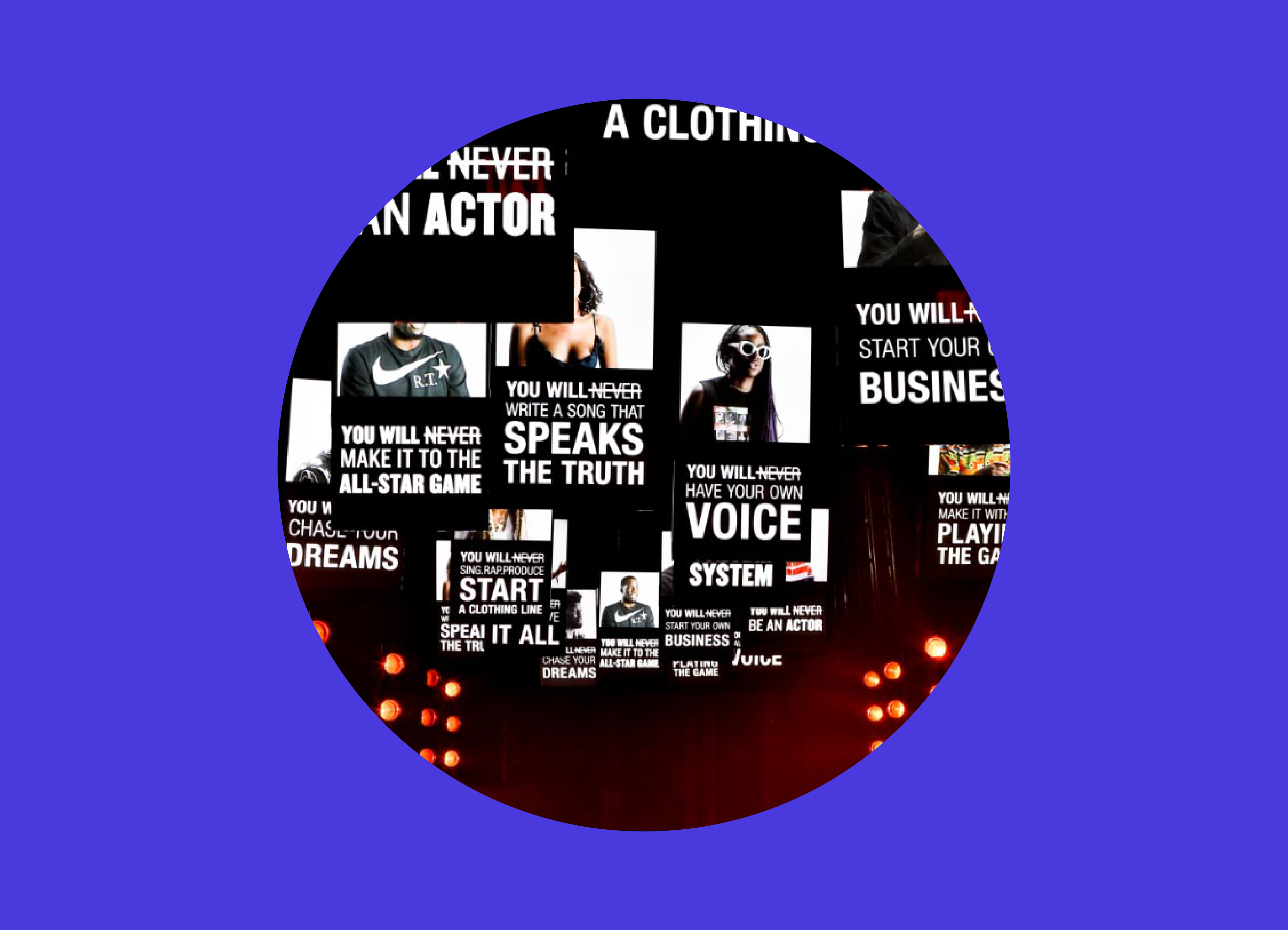
With a quick turnaround and limited resources, I worked with Cactus as the Production Manager for HBO's New York premiere party for The Defiant Ones.
We designed an entryway experience that would set a perfect first impression for the event guests. We built custom code to perfectly synch a huge array of monitors, drew up plans for construction of a makeshift hallway, and started combing through HBO’s project assets looking for inspiration. Guests passed through a hallway with suspended monitors running a fast-edit of imagery and graphics related to the show. Sometimes in sync, sometimes each monitor’s content running in its own direction. Every ten seconds the monitors would go white, and floodlights would bring guests’ gaze back into the present moment onto themselves and those around them.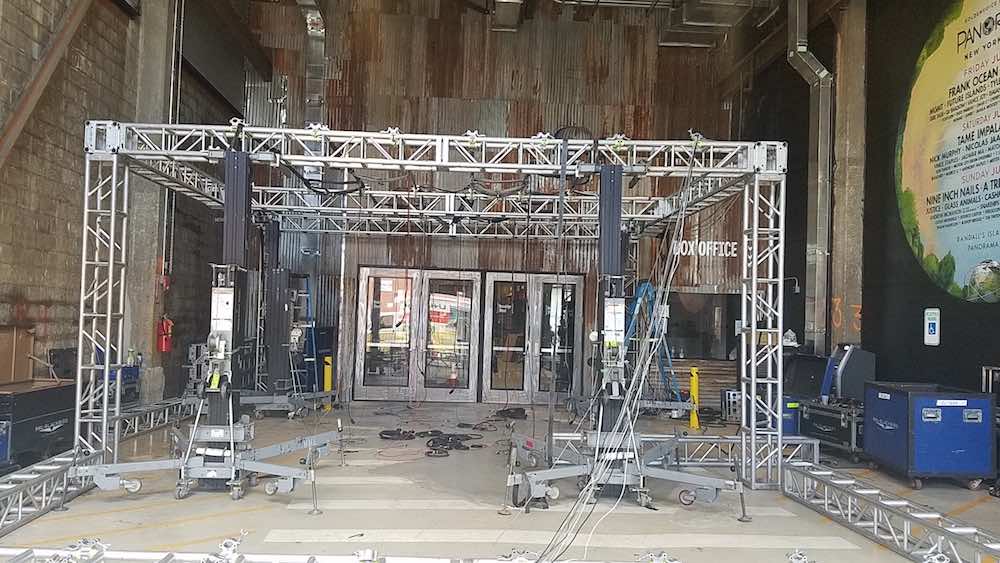
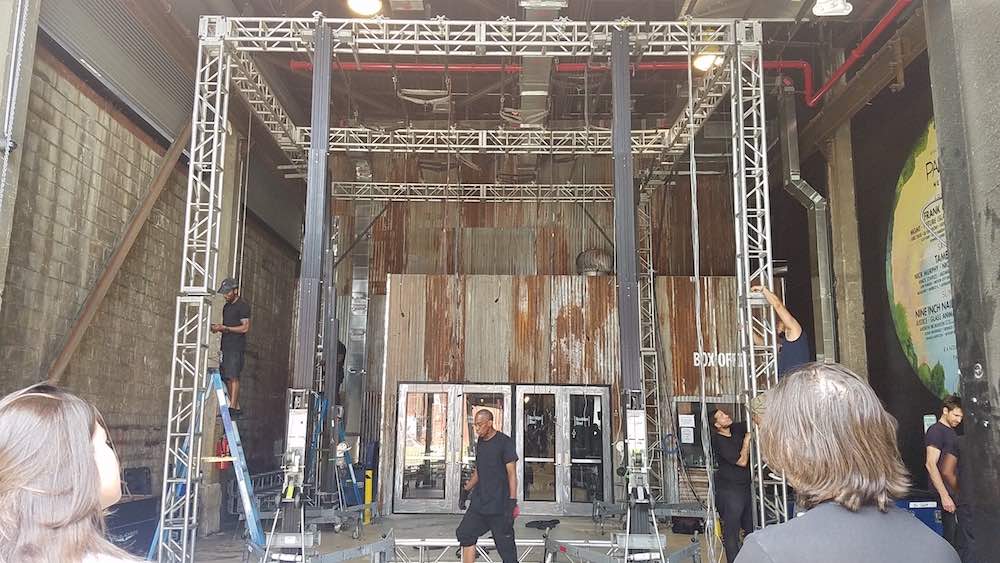
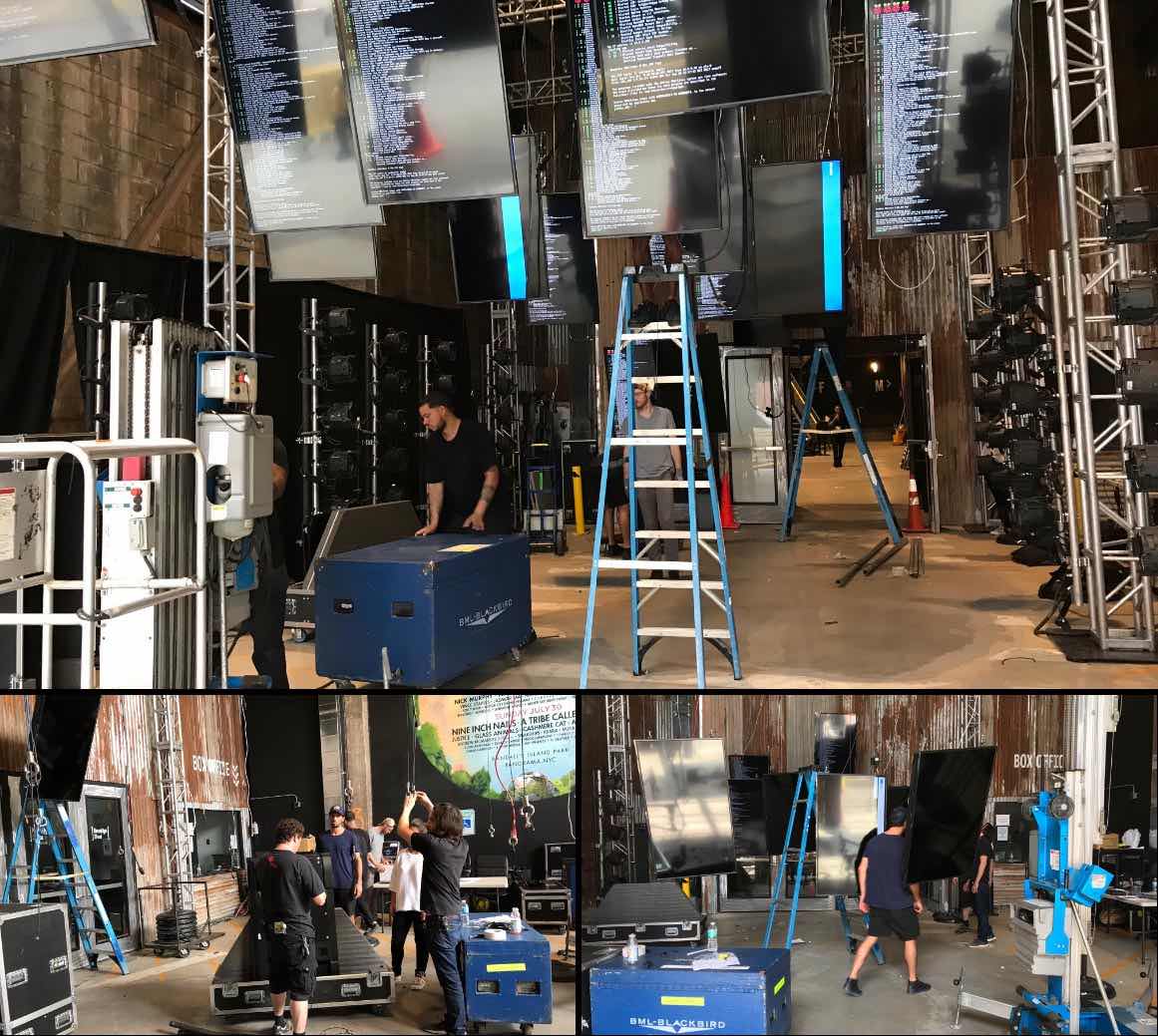

Images and video credit Cactus
Close Project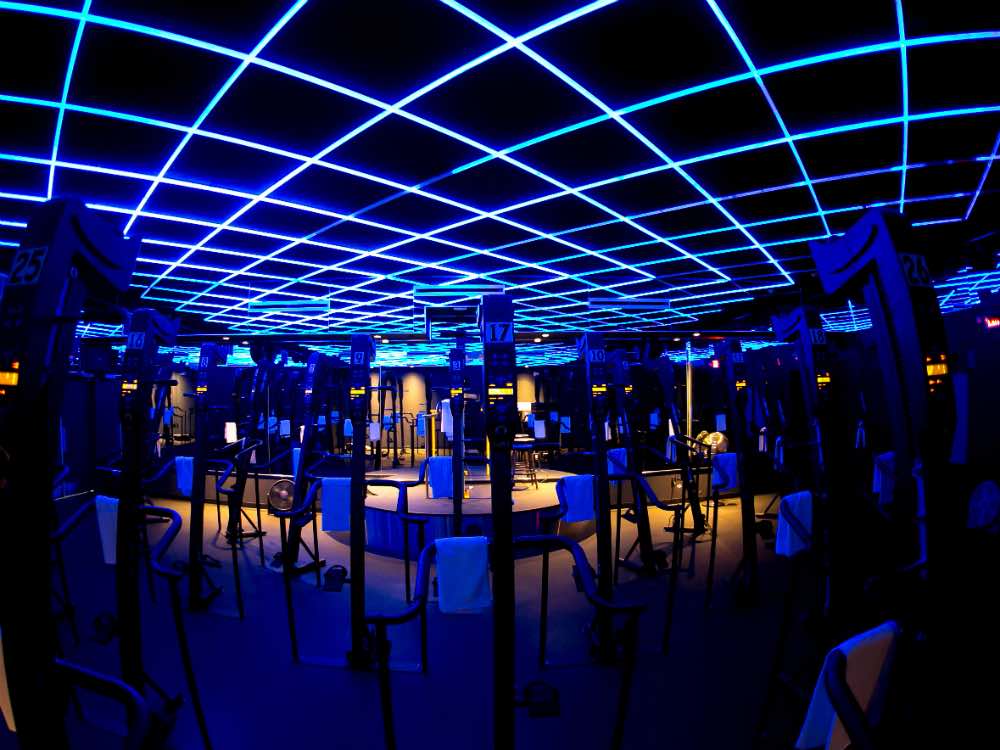
Cactus designed a series of dynamic sculptural ceiling installations that create immersive, ever-changing environments imbued with energy. These were created for the gym, Rise Nation. Expansive, rhythmic patterns, and constantly-changing scenery are the constants. I worked as the Project Manager for the install of the interactive ceiling at their Cleveland location.
Images and video credit Cactus
Close Project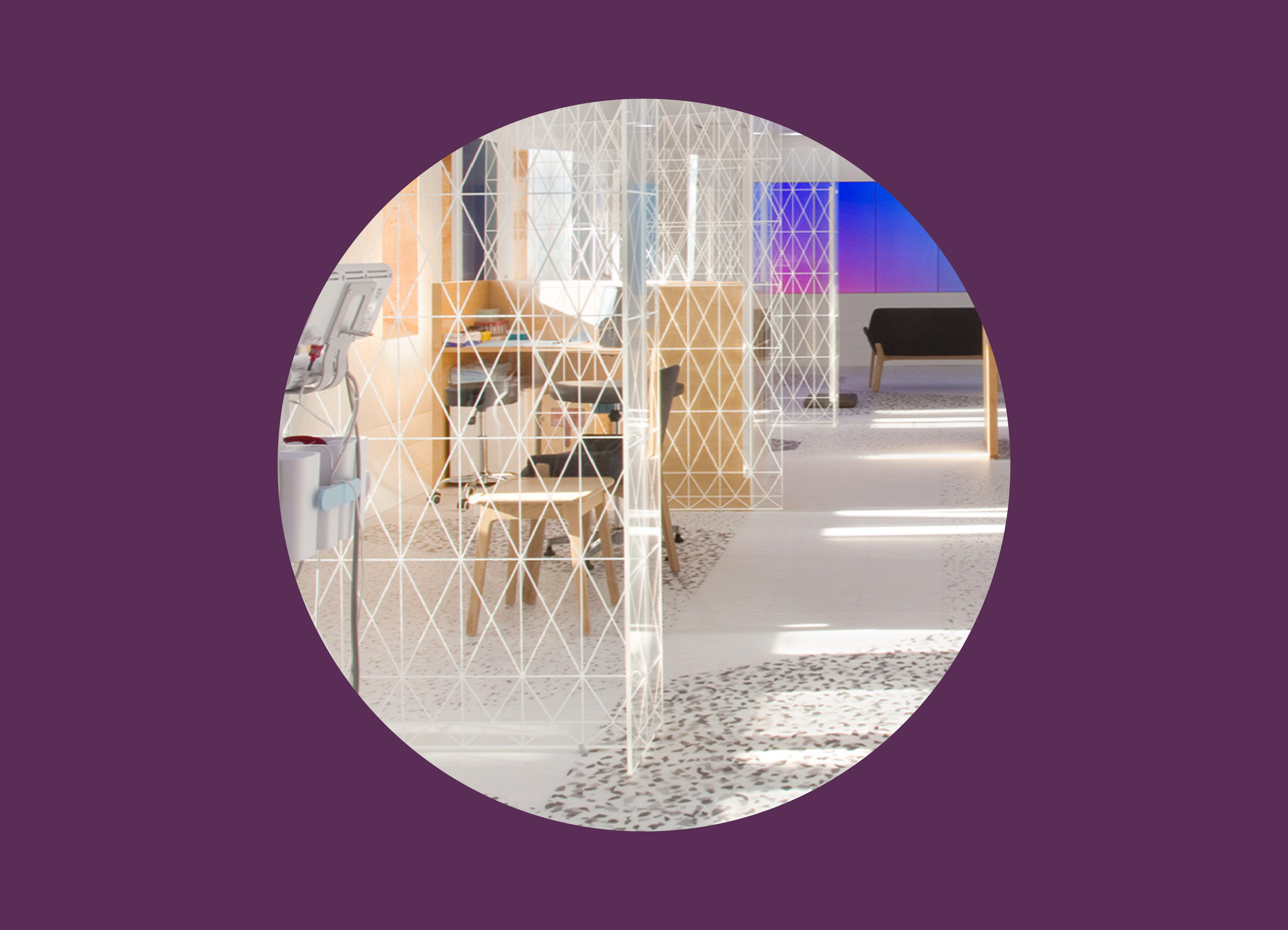
In an era where machine learning, connected devices and AI will make as much of an impact in medical research as clinical trials or lab tests, what does the patient experience look and feel like? And if personal data is fuel for medical progress, how can we encourage thousands of patients to contribute theirs? We were tasked by a group of visionary doctors at New York’s premier hospital to create an experience that was both medically effective and compelling enough to attract patients to participate in bringing this vision of the future to bear.
Lab100 at Mount Sinai is a hybrid clinic and research lab leveraging data and technology to redesign the way health is measured and health care is delivered. I worked as the Project Manager for Cactus on this project.
Images and video credit Cactus
Close Project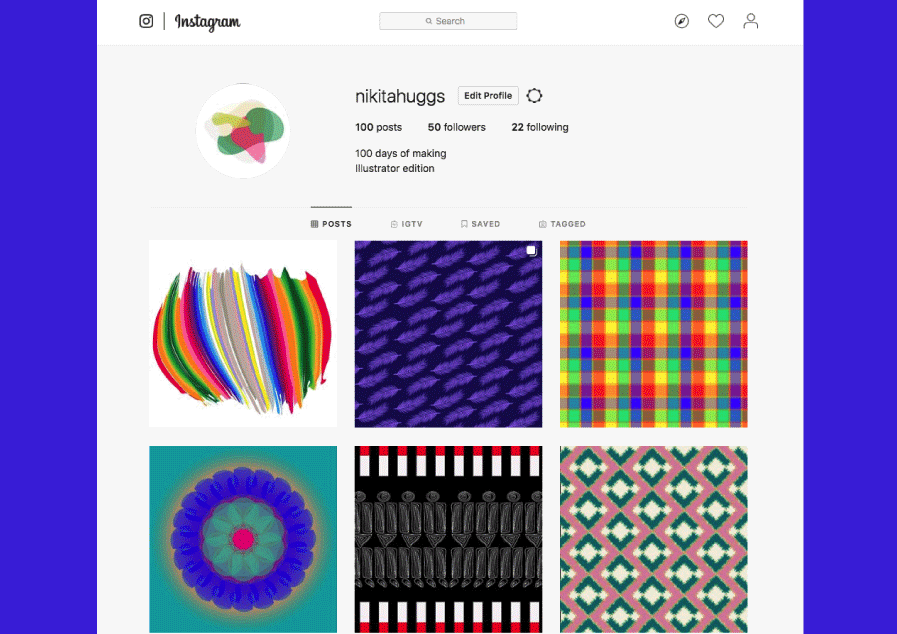
Wanting to learn Adobe Illustrator, I dedicated 100 days to learn the tool. I followed the principle of 100 Days of Making, where 100 consecutive days are dedicated to iterative design practice – you identify a theme, idea or topic they would like to explore over the course of 100 consecutive days and commit to iterating on that idea every day. These creative drawings mostly tell a story about how I felt on that day, others were born out of a desire to master certain techniques, and some to explore colour theory.
This project can be found on Instagram @nikitahuggs
Close ProjectTrini Talk is an online platform designed to communicate and preserve the Trinidad English Creole Language. Using an interactive web platform, Trini Talk teaches the oral language of Trinidad through the island’s history, shows how the language is used and establishes a platform to preserve the language.
View my design process
The Engine Room is a digital musical instrument. It was created for my New Interfaces for Musical Expression (NIME) project development class. I made this popup book midi-controller as I wanted to tell the story of Caribbean music. I am from the Caribbean so wanted to use this tool to communicate the story of my music and how the distinct rhythms come together to form soca.
Throughout history, the main function of a timepiece was to simply tell time. Now the modern timepiece notifies us not only of the hour but when confronted with texts, emails, appointments, and a myriad of other alerts. ClockooBird imagines what life is like for the modern cuckoo bird, no longer on a set schedule but always required to be ready at a moment’s notice.
This interactive installation project was made for "Pop Up Windows Display" course at ITP in November 2016. The installation was displayed at the NYU Kimmel Center for three days.
View my design process
Electric Relaxation is a video installation. A Tribute to the musical genius of A Tribe Called Quest. An interface for fans to vibe with the music and be taken down memory lane.
A Tribe Called Quest had recently lost one of its members, Malik "Phife Dawg" Taylor. Phife was my sister's good friend, a brother. So I grieved with her. I shuffled through footage and listened to A Tribe Called Quest's songs. Every music video that I could find online took me flying down memory lane - back to the 90's. This project started out as my attempt to comfort a sibling but grew into a tribute to A Tribe Called Quest.
Ugly Food is misshapen or slightly bruised fruits and veggies. They usually get tossed, which results in enormous amounts of waste. To curb this practice, the Ugly Food Movement was developed to highlight the nutritious and affordable allure of less-than-perfect-looking fruits and vegetables. We assign human qualities to food (the right shape, the right size, the right look) not realizing the downfall of such behavior. Tasked with creating a project that can be used to address or solve an issue in the food system, I jumped at the opportunity to join the Ugly Food Movement.
Eat Ugly creates awareness of the ugly food epidemic. By informing folks in my immediate circle and community I aim to create a ripple effect. If people are aware and if they care - they can change their behaviors toward food waste, specifically where Ugly Food is concerned.
The Eat Ugly video was used as a tool to start the conversation about food waste and ugly foods. I chose to use ugly fruit and vegetables for my stop-motion animation as it draws the users attention to what I am speaking about. By seeing the misshapen and bruised food, they immediately identify with ugly food. I also created a quiz to test people's knowledge of the topic. This interactive video was compiled using the interlude platform.
Please take the quiz!
Close ProjectWe see New Yorkers collecting cans and bottles in large quantities. We know the items are redeemed for 5 cents each. Where do people go to redeem these massive bags of recyclables? My group found a bustling can and bottle redemption center in a lot on McKibbin Street in East Williamsburg, Brooklyn and decided to document stories of the many individuals that frequent and work at the center.
Sure We Can is a place where people go to redeem collected cans and bottles. This work has come to be known as “canning” and the individuals are called “canners.” Our documentary tells the story of the facility and its canners.
Created in collaboration with Yuli Cali and Danielle Butler
Close Project